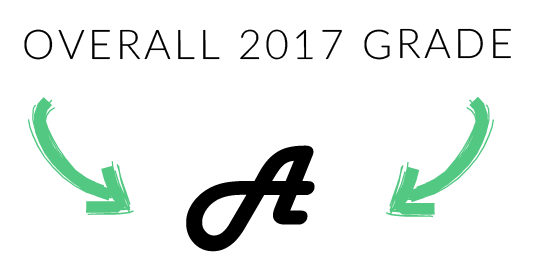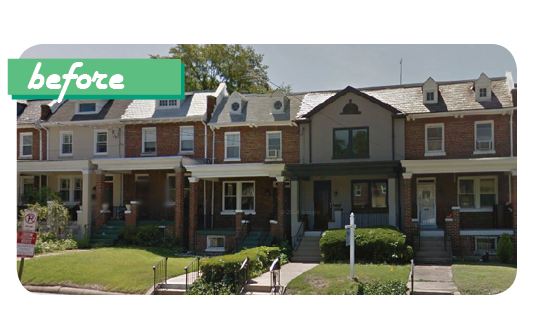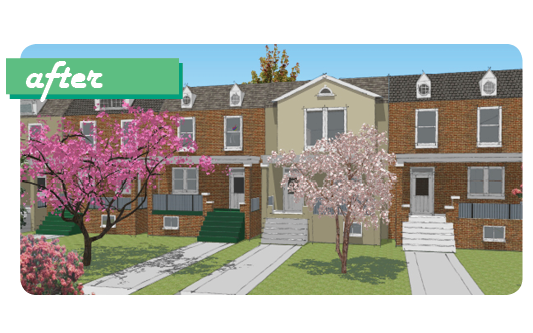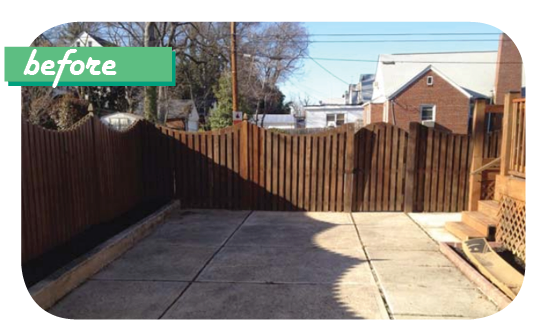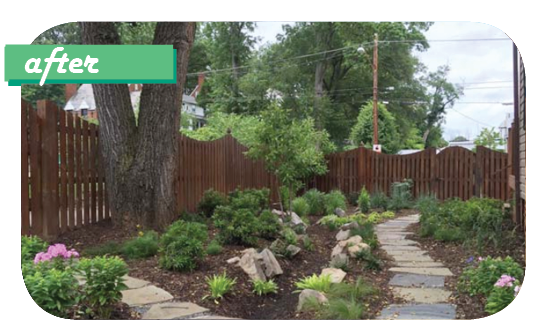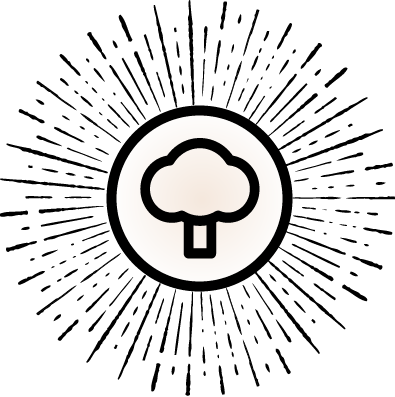Appendix
Tree Coverage is a measure of a tree’s crown when viewed from above
and is the way we track the progress that the District makes towards its 40 percent tree canopy by 2032
goal. The tree crown or canopy produces most of the trees overall benefits.
Tree Health encompasses trees condition, species, size, and type. This
metric helps us understand how resilient the District’s trees are in terms of potential threats due to
pests and diseases. It can also predict the longevity and future composition of D.C.’s trees.
Tree Planting is a count of annual tree planting numbers compared to
the total number of trees that must be planted per year to achieve the city’s 40 percent canopy goal
by 2032.
Tree Protection assesses the impact of the Urban Forestry Preservation
Act of 2002 (UFPA) – a law intended to slow the removal of healthy trees 55 inches in circumference or
greater and ensure their replacement when they are cut down. Under the Act, removal of a Special Tree
requires a fee (or fine if removed illegally), and the proceeds are used for replacement plantings.
Tree Protection Sub-metric 1: Is the Urban Forestry Protection Act (UFPA) discouraging
the removal of healthy special trees? With the update of the Tree Canopy Protection Amendment Act of
2016 (TCPAA), fees and fines for tree removal have increased. A decrease in permits granted was observed
for trees with a circumference over 100” (Heritage Trees). While we cannot ensure this decrease is due
solely to the TCPAA alone, it has been a huge stride in protecting larger rooted green infrastructure
across the nation's capital. Given these milestones in tree protections recommended by Casey Trees in
earlier report cards and the new baselines they establish, this sub-metric receives an A+ grade.
Tree Protection Sub-metric 2: Are replacement trees effectively replacing canopy removed?
Periodic assessments are necessary to determine if replacement trees are replenishing lost canopy due
to Special or Heritage Trees removal. For this sub-metric, we used our own tree survival study. Based
on 15 years of growth, we can determine that replacement trees are not only being planted, but they're
also contributing positively to the growth of the canopy, with a total of 85 percent of replacement trees surviving.
Tree Protection Submetric 3: Is the Tree Fund being administered properly? The UFPA
requires that the District use the Tree Fund money—funds collected from fines and fees—to plant trees,
ensuring that the removed canopy is being replaced. An examination of the last fiscal years Tree Fund
receipts and disbursements show that these monies were indeed used for tree planting, resulting in an
A+ grade.
